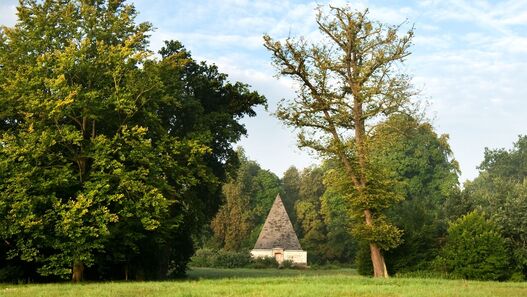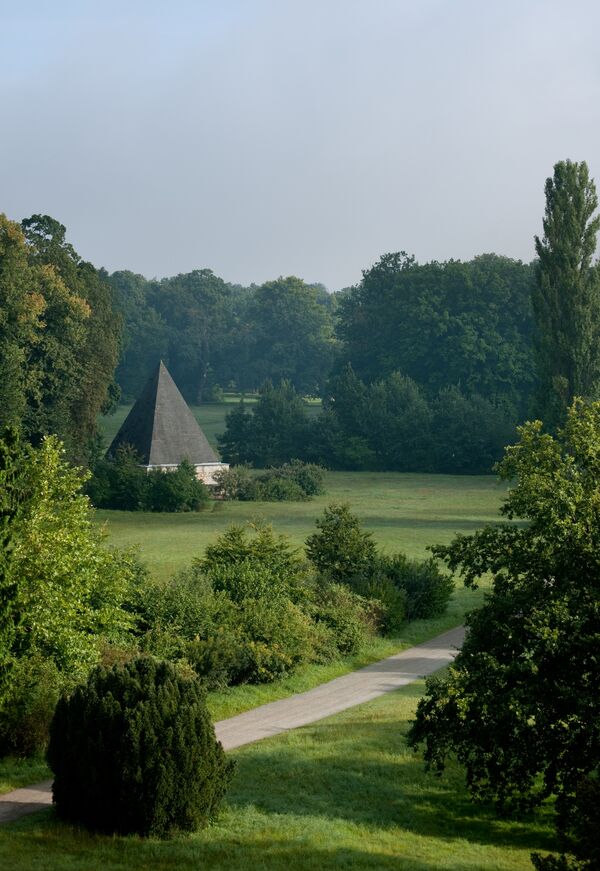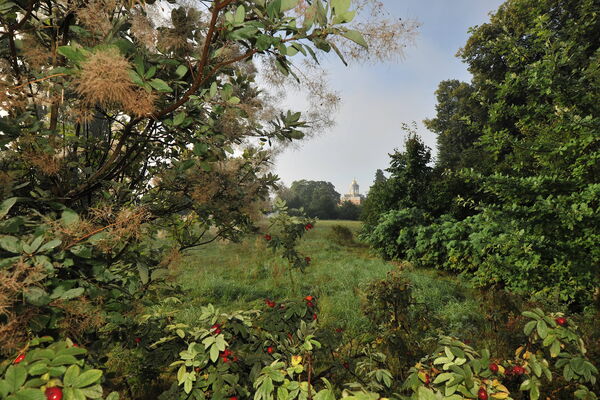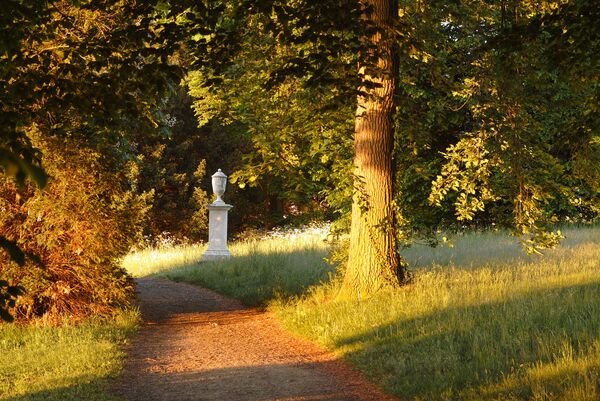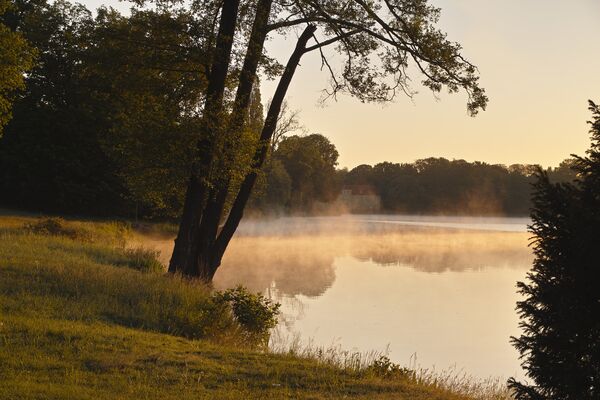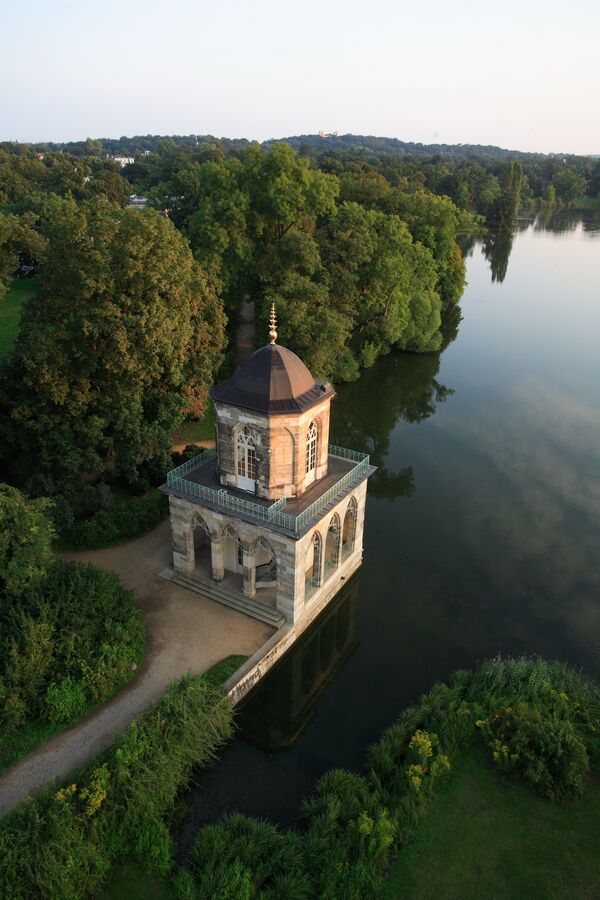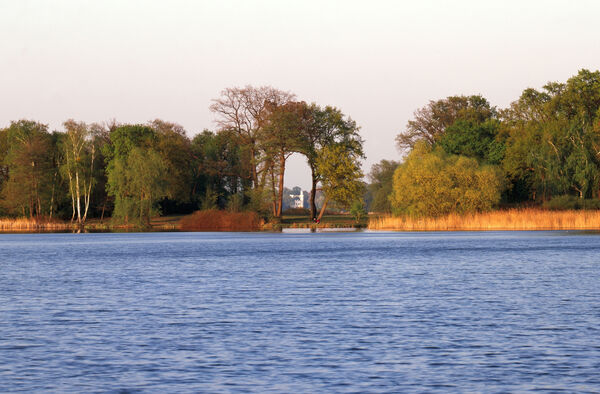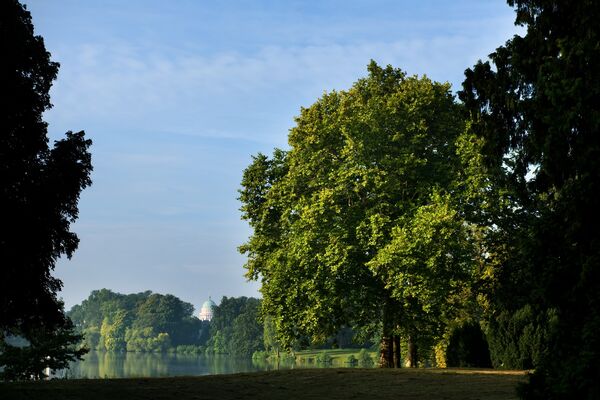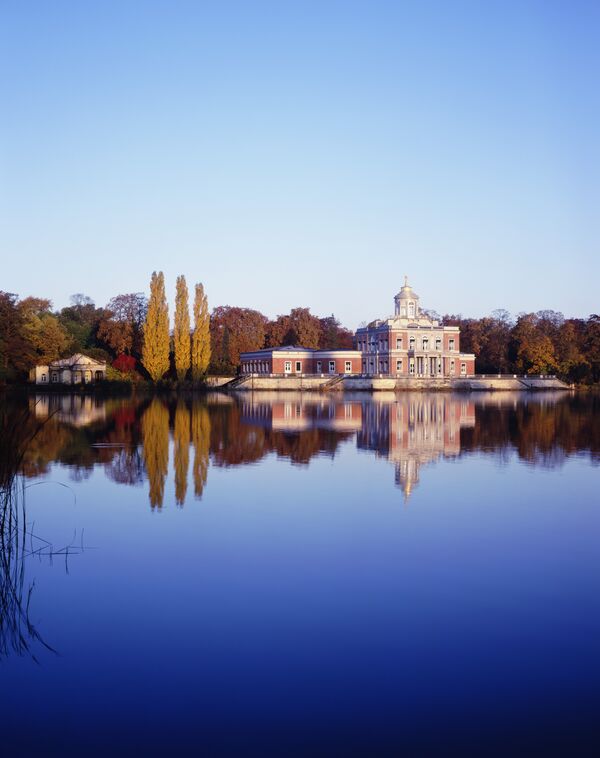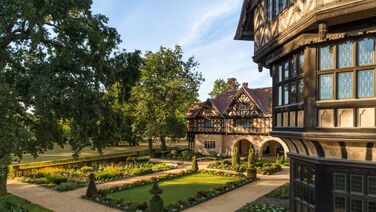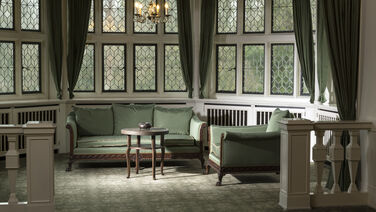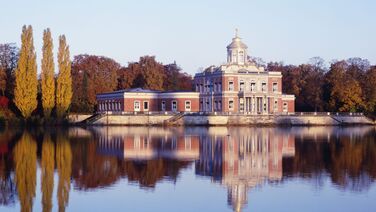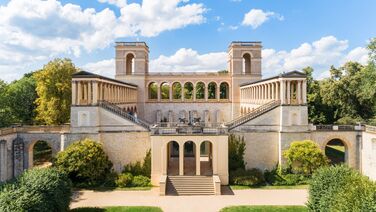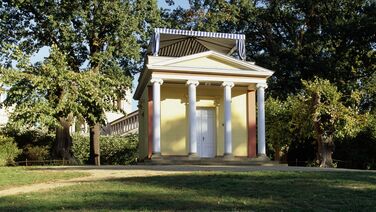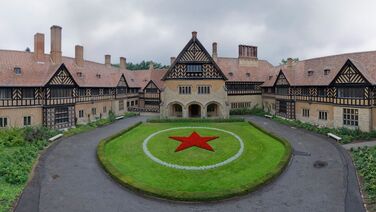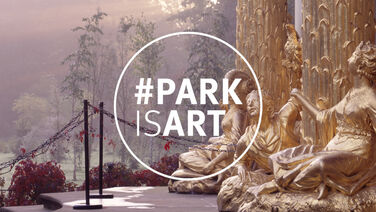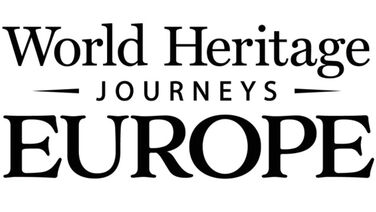New GardenAbandoning the baroque park notion under King Frederick William II
The New Garden, which covers 102.5 hectares, lies at Jungfernsee Lake in the northern part of Potsdam. Creative viewing connections extend across the water to the gardens of Sacrow, Peacock Island, Glienicke and Babelsberg, evidencing the park’s central role in this overall garden landscape. Despite its having been reshaped by Lenné, the garden has nevertheless preserved individual, emotive areas that date from the phase of its creation before 1800.
The garden’s history begins with the purchase of a central piece of land by Crown Prince Frederick William (II). In 1787, a year after his ascension to the throne, the laying out of the grounds commenced at the New Garden, the name being programmatic for the abandonment of the old baroque park at Sanssouci. Wörlitz gardener Johann August Eyserbeck was charged with its creation, a decision that ensured a transformation in alignment with Frederick William’s ideals oriented towards English gardens.
What undermined the uniform character of the garden was the fact that it had taken several years to purchase the land. In addition to the former private houses that were included, important new buildings were constructed in the garden between 1787 and 1792, many of which still exist today: the Marble House, the kitchen in the shape of a Roman temple ruins, the Gothic Library, Shingle House, orangery, grotto, dairy, pyramid (ice house) and the Dutch houses. In front of the latter, we find a prime example of Prussian country road construction lined with pyramid-shaped cottonwood poplars (now, since 1864, pyramid-shaped oaks). On the garden grounds, a number of areas were created, whose characters were emotively shaped by the respective buildings or plantings to varying degrees.
In 1816, Peter Joseph Lenné was commissioned by the successor to the throne to rework the overgrown garden, which no longer conformed with the contemporary taste. By preserving many areas while removing copses that had become too dense, the New Garden was provided with new perspectives and meadow spaces, more pleasing pathways and above all, with viewing connections to the neighboring gardens (Sacrow, Peacock Island, Glienicke, Babelsberg, Potsdam, Pfingstberg Hill). Despite the smaller changes made during Imperial times and owing to the removal of installations dating from the time the garden was used by the Russians (1945 –1954), Lenné’s basic structural design has been retained up to this day.
Cecilienhof Country House, built for the Crown Prince from 1913 to 1917, harmonizes in this setting. In the meantime, an area of 13 hectares has been restored, which had been destroyed during its use as part of the border zone from 1960 to 1990.
To the info page of the venue
The crystal and shell grotto is a scenic garden installation in Potsdam‘s New Garden. It was built from 1791–94 as a hideaway retreat for the Prussian king Frederick William II (r. 1786–1797). As early as the reign of his successor, Frederick William III (r. 1797–1840), the Shell Grotto fell into disuse and was soon neglected. Nevertheless, structural maintenance was regularly carried out, as numerous 19th century attempts to repair the interior of the grotto attest.
From 1963 to 1990 this historical monument was located on the border strip of the Berlin Wall and fell into decay as a result. The threatening decline of the grotto could finally be stopped following German Reunification: The roof construction was replaced, and the remains of the former grottowork and painting in the interior of the grotto were safeguarded. Restoration and reconstruction of the grotto’s façade, as well as of its once opulent interiors, have gradually advanced since 2003.
The Förderkreis Muschelgrotte im Neuen Garten Potsdam e. V., the grotto’s supporting association founded in 2003, has taken it upon itself to raise public awareness about the Shell Grotto and to obtain funding for the preservation and care of the building.
Visitors‘ Note: The Shell Grotto is located on the northern end of the New Garden on the banks of the Jungfernsee, not far from Cecilienhof Palace (parking is available at Cecilienhof Palace; a 200-meter walk along the footpath from there). The interior of the grotto can be viewed by prior reservation.
Contact: info(at)muschelgrotte.de
Neuer Garten
Am Neuen Garten
14469 Potsdam
Public Transportation
Stop "Potsdam, Schloss Cecilienhof", "Potsdam, Birkenstr./Alleestr."
vbb-online | Timetable information
Traffic information
Parking
Paid parking spaces near Cecilienhof Country House
Please note: Due to construction work, only car parking spaces are available
Open daily from 8 a.m. until dark.
Visitor Centre Historic Windmill in Sanssouci Park
An der Orangerie 1
14469 Potsdam
Closed Mondays
Visitor Centre New Palace in Sanssouci Park
Am Neuen Palais 3
14469 Potsdam
Closed Tuedays
info@spsg.de
Phone: +49 (0) 331.96 94-200
- wheelchair access
In the surroundings you will find the following dining options
Meierei im Neuen Garten
Brewery & Inn directly on the shores of Jungfernsee
Café Midi
in the ‘Treffpunkt Freizeit’
Attention: Branches at risk of falling!
Due to extreme drought these days, trees have been severely damaged. Branches are at risk of falling. Please stay on the visitor paths and avoid to take a rest under old trees, even when it rains!

